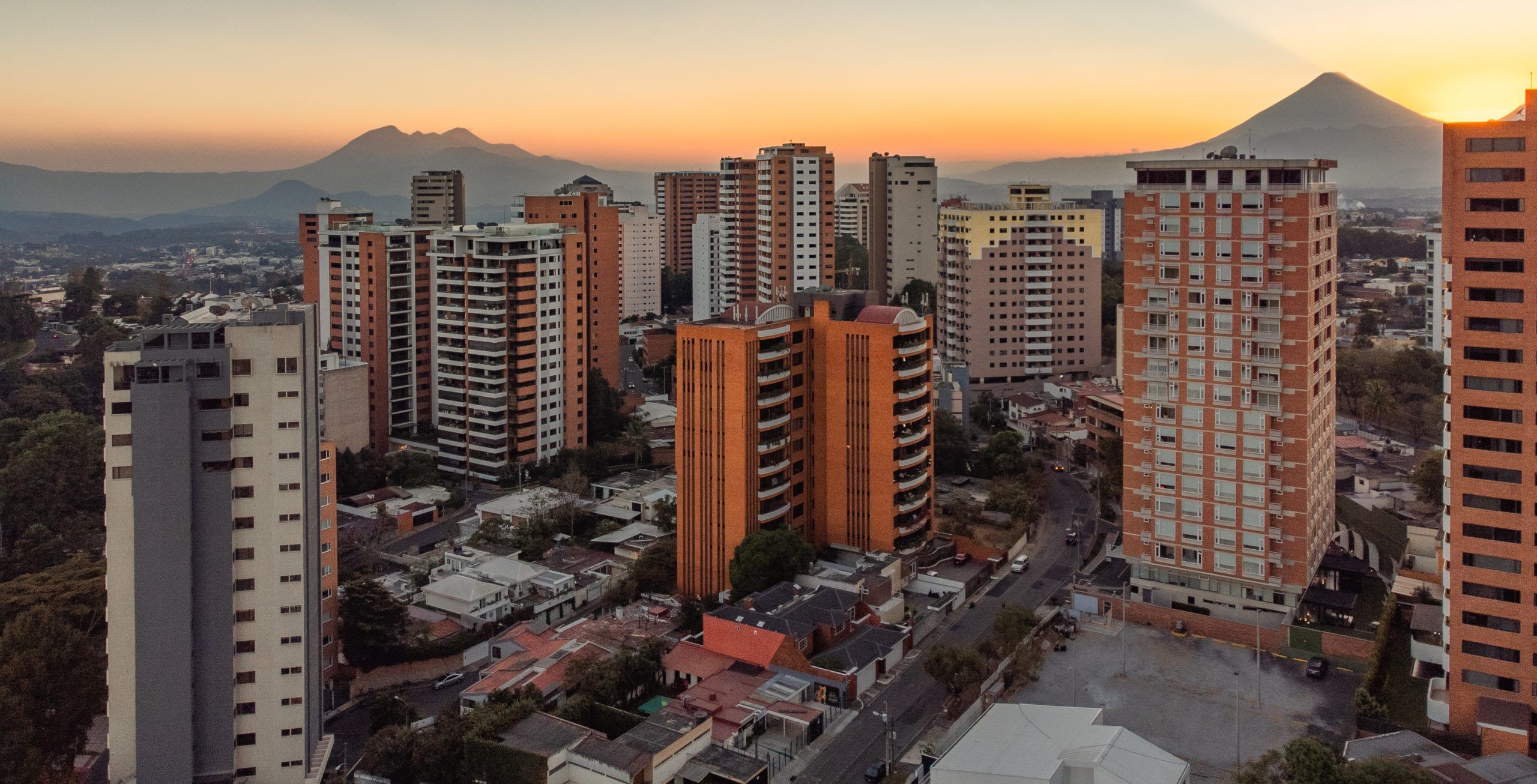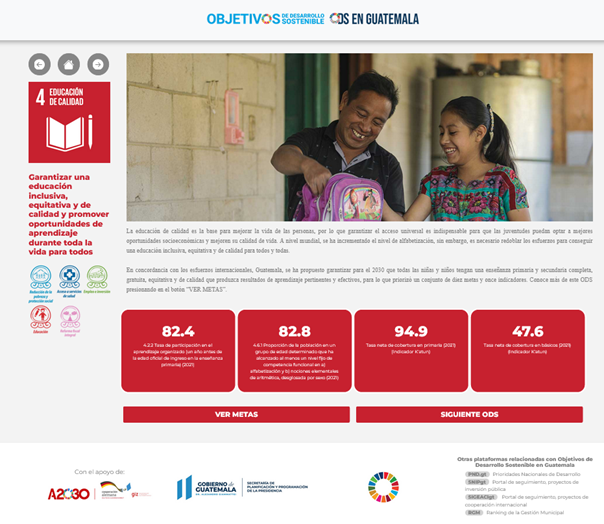Fostering SDGs at Local level in Guatemala

© Rene Hernandez, Guatemala City, flickr
With the adoption of the Agenda 2030 and the Sustainable Development Goals (SDGs) in 2015, also Guatemala committed to their realization by 2030. The country strongly directed its national development plans towards the implementation of the SDGs and is currently in the process of their localization at the municipal level. Within that process, the focus lays in implementing and monitoring defined priorities and in strengthening the capacities of executive authorities at the same time.
These activities have been supported by the GIZ project Agenda 2030, in cooperation with the planning secretariat, “Secretaría de Planificacíon y Programacíon de la Presidencia” (SEGEPLAN), Nactional Statistics office (INE) and local governments. While integrating the SDGs into the national development plan as well as into the national household cycle, the project faced several challenges. The non-existing and the little periodical update of data hindered their sufficient gathering for analysing current situation and trends. The lack of follow-up and review mechanisms not just from the SDGs and the global agendas but also from public policies, programmes and projects at national and local level biased the localising process of SDGs at the local and municipal level.
Within three pilot Cities, existing national and global tools were used to measure the contribution of local governments in the localisation of the 2030 Agenda and to strengthen the capacities of SEGEPLAN.
Use and development of National Tools for the localising process
In strong partnership with the planning secretary (SEGEPLAN), voluntarily monitoring the localising process, the project supported Guatemala to strengthen the alignment of their national development plan with the 2030 Agenda. Priority was given to foster and ensure sustainability and ongoing use of already existing and established tools, while the concept of City WORKS served as a guidance along the process.
The first tool that was used is a municipal ranking, called “Ranking de la Gestión Municipal” (RGM). The ranking addresses challenges and main issues of the municipal management and uses 6 indices with a total of 55 indicator building upon existing laws, policies and responsibilities of local authorities. The data that outline the current status of the operation and fulfilment of the pilot cities is updated every two years. In this sense, the ranking tool guides needed actions and supports the improvement of municipal performance regarding localising SDGs. A dedicated website connected to the ranking serves as a platform to share the experience with localising global agendas into national planning and policies and the opportunity to compare experiences with others.
A second tool, based on excel, was jointly developed as a local management tool, gathering and synchronizing data from ministries and national organisations. It storages, analyses and visualises over 90 local indicators, giving an overview of the current status quo and possible data gaps, and showing the implementation process of the municipal and territorial development plans. Additional capacity building measures for the sustainable use of the tool have been implemented.
Last but not least, the project also successfully developed a reporting methodology and the first Voluntary Local Review of Guatemala for the city of Mixco. It is expected that the methodology (including the 44 local indicators) will be upscaled by the planning secretariat. Important criteria in respect to data selection highlights the need to prioritize information already available online, official information and information that can be easily updated and is relevant to the local context.
Successful operation of digital solutions
Within the three years project period, SEGEPLAN planning authority has been strengthened in monitoring the national and local implementation of the Agenda 2030 by adapting / developing three different tools for the localisation of the national goals at the local level. The municipal ranking, as well as the excel tool for development plans and the voluntary local report gave the stakeholder support to overcome the barriers of data gathering and facilitated the communication between municipal bodies and executive authorities.
The GIZ Agenda 2030 project supported SEGEPLAN with the implementation of an SDG indicators module, using business intelligence computer tools, to help systematize the information from all data sources in a simple and friendly way, this module is anchored within the platform of Dearrollo National Priorities.
Within the efforts to increase the number of indicators available for Guatemala, a methodology was built to produce SDG indicators based on data from the 2018 Guatemalan population and housing census. With this information, it was possible to have indicators with disaggregation at the level of the 340 municipalities in Guatemala for the first time, in total there were 19 indicators and proxy indicators of SDGs. This methodology was built in conjunction with the National Statistics Office and the “Sustainable Economic Observatory” of the Universidad del Valle de Guatemala.
The monitoring of data supported the transfer of digital solutions into already existing platforms and shows the linkages to already national processes and policies. Even though the implementation of new tools might induce resistance and delays in the processes, the project in Guatemala achieved great impact and serves as a great example of best-practices in the context of alignment of national and local process, data collection and monitoring, as well as communication strategies.

© Secretaría de Planificación Programación de la Presidencia (SEGEPLAN)